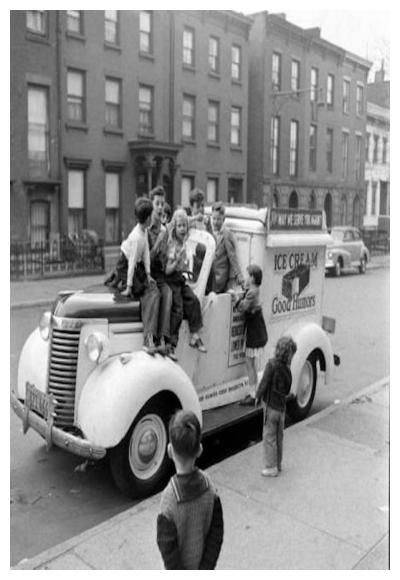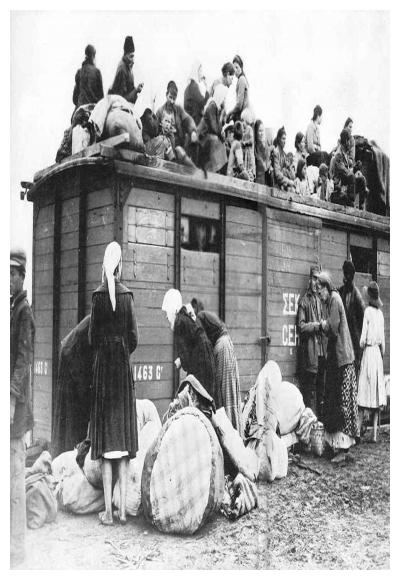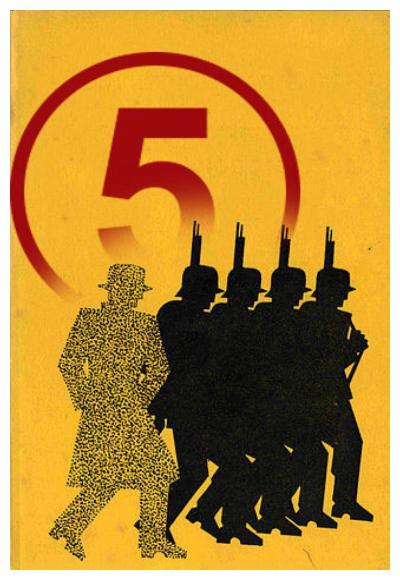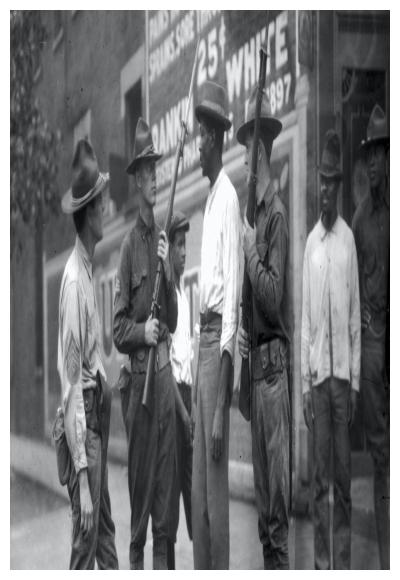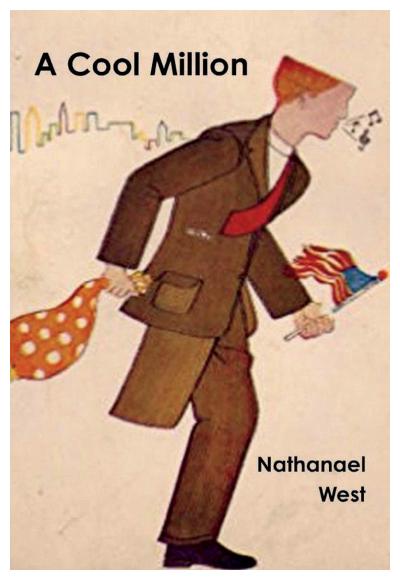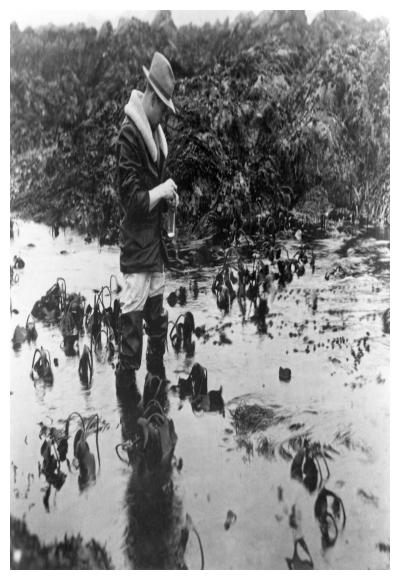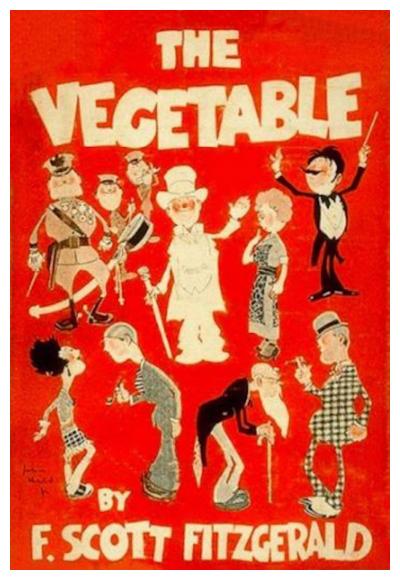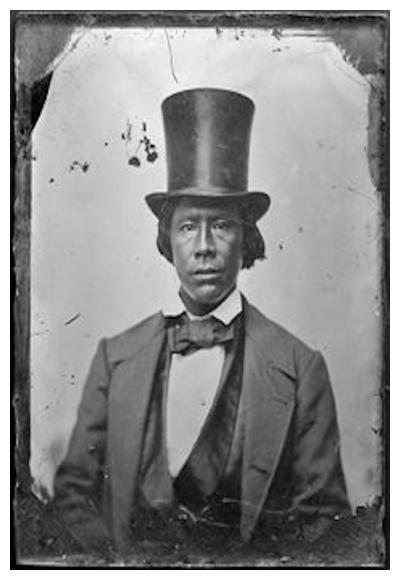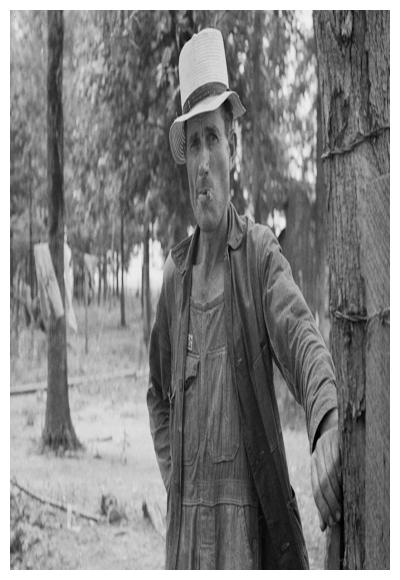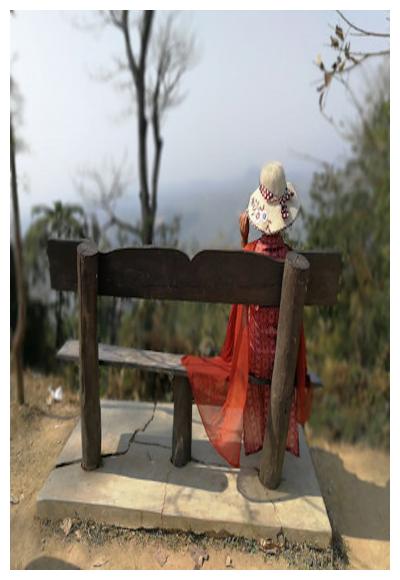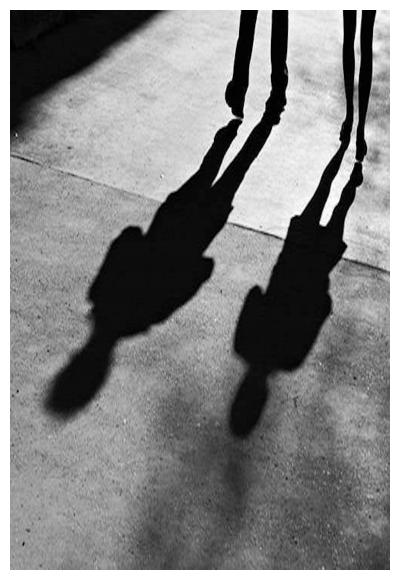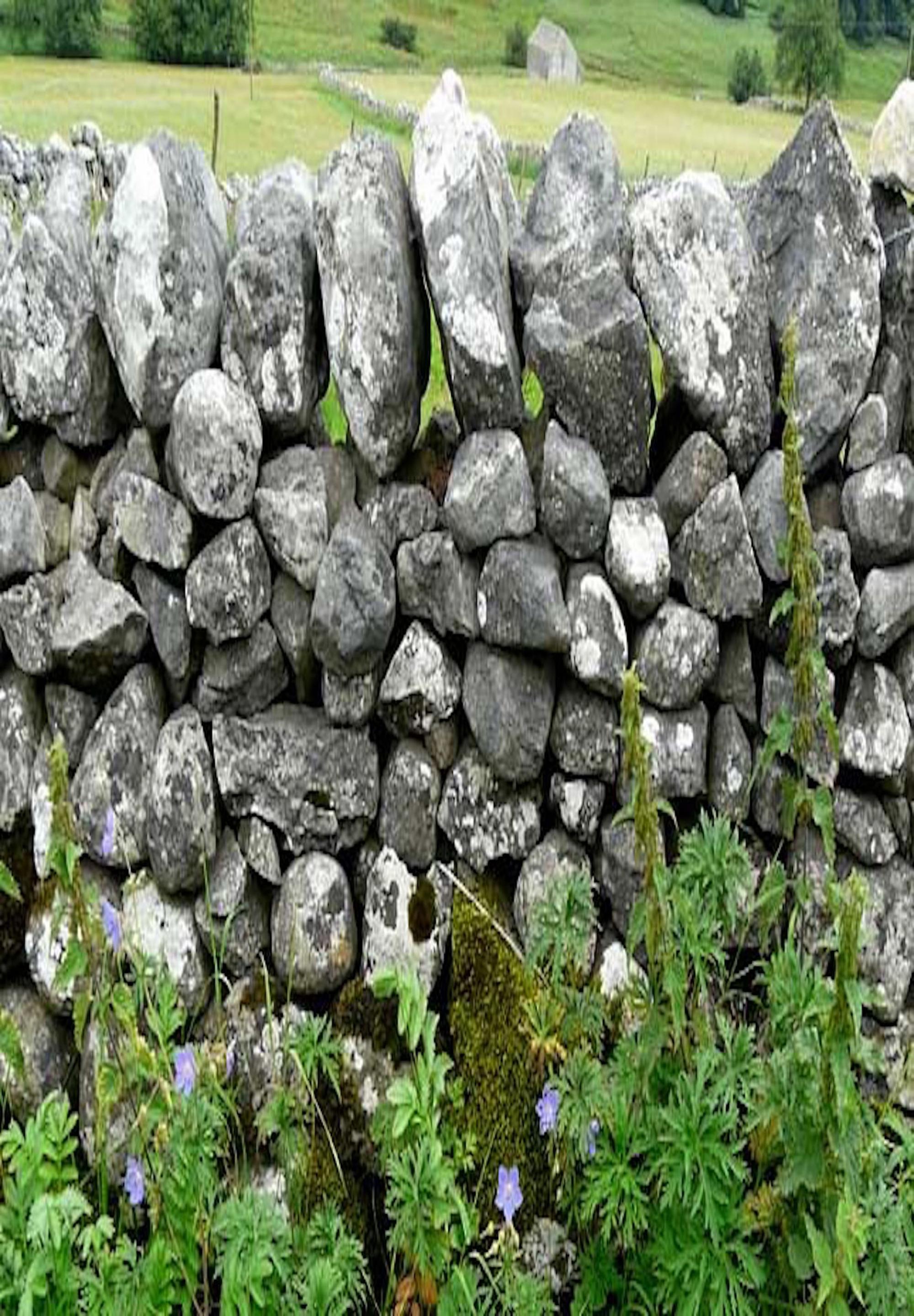
Synopsis/Details
A stone wall separates one farmer’s property from his neighbor’s. In the winter, a frozen groundswell surges upward, scattering some of the stones and corroding the wall. In spring of the same year, the two farmers ritualistically meet to walk the wall and jointly make repairs. The first farmer sees no reason for the wall to be kept—there are no cows to be contained, just apple and pine trees on each side. He does not believe in walls for the sake of walls. In response, the second farmer resorts to an old adage: “Good fences make good neighbors.”
The first farmer remains unconvinced and mischievously presses his neighbor to look beyond the old-fashioned folly of such reasoning. The second farmer will not be swayed, however. The first farmer seems to envision his neighbor as a holdover from a justifiably outmoded era, a living example of a dark-ages mentality. But the neighbor simply repeats the same old adage and walks away, followed by the first farmer—in the opposite direction. A rabbit in flight subsequently hits the wall, knocks a boulder loose, and races away, as hunters and their dogs themselves dislodge several stones as they jump over the wall in pursuit of the rabbit. The wall remains intact, as it did in winter—but with several visible gaps.
Story & Logistics
Story Type:
Hero's Journey
Story Situation:
An enemy loved
Story Conclusion:
Ambiguous
Linear Structure:
Linear
Moral Affections:
Disapprobation
Cast Size:
Couple
Locations:
Single
Characters
Lead Role Ages:
Male Middle Aged
Hero Type:
Ordinary
Villian Type:
Mother Nature
Stock Character Types:
Everyman
Advanced
Adaption:
Based on Existing Fiction
Subgenre:
Drama, Life Story, Literary Adaption, Psychological, Small-town Life
Action Elements:
Physical Stunts
Life Topics:
Mid-life Crisis/Middle Age
Time Period:
Age of Oil (after 1901), Late modern period, Machine Age (1880–1945)
Country:
United States of America (USA)
Time of Year:
Spring, Winter
Writer Style:
John Sayles, Paul Schrader, William Goldman

